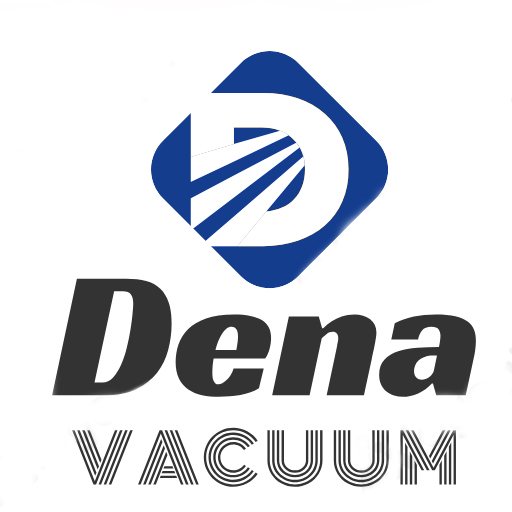
What is freeze dryer or Lyophilization?
Freeze drying, also known as lyophilization, is an advanced method for removing moisture from perishable materials. This process extends the shelf life of products and, due to the reduction in weight, makes them easier to transport.
In this method, the product is first frozen. Then, by reducing the pressure and adding controlled heat, the ice within the material is directly converted into vapor through sublimation.
Unlike conventional drying methods that use high heat to evaporate water, freeze drying takes place at low temperatures, helping preserve the product’s quality and appearance.
Freeze drying is considered one of the best dehydration methods because it preserves the product’s natural properties. Key benefits include:
1. Extended Shelf Life
When done properly, with appropriate packaging and ideal storage conditions, the shelf life of products can be extended up to 12 months.
2. Rehydration Capability
Due to the porous structure created during the process, freeze-dried materials can quickly and completely reabsorb moisture, returning to their original state.
3. Nutrient and Appearance Preservation
Because the process is carried out at low temperatures, the product’s color, taste, aroma, and nutritional value remain intact.
Although highly effective, this method has some drawbacks:
• High Cost: Freeze drying can be up to five times more expensive than conventional drying methods.
• Microbial Growth Risk: If poorly packaged or stored, the product may absorb moisture, creating favorable conditions for microbial growth.
Freeze drying consists of three main stages:
1. Freezing
The product is cooled below its triple point so that water in the material sublimates directly into vapor without melting.
2. Primary Drying (Sublimation)
With reduced pressure and gentle heat, about 95% of the water in the product is removed.
3. Secondary Drying
By increasing the temperature, the remaining bound water molecules are released, reducing the final moisture content to about 1–5%.
• Pharmaceutical Industry: Extending the shelf life of vaccines, injectable drugs, and biological products.
• Food Industry: Preserving the quality of fruits, vegetables, coffee, and military rations.
• Vacuum Chamber: Stainless steel chamber where products are placed.
• Condenser: Captures water vapor produced during sublimation.
• Heat Transfer Fluid: Often silicone oil used to regulate temperature.
• Refrigeration System: Provides necessary cooling with a compressor or liquid nitrogen.
• Control System: Manages temperature, pressure, and process time.
By using freeze drying technology, it is possible to produce high-quality products with long shelf life and preserved nutritional value, making it highly valuable for both food and pharmaceutical industries.